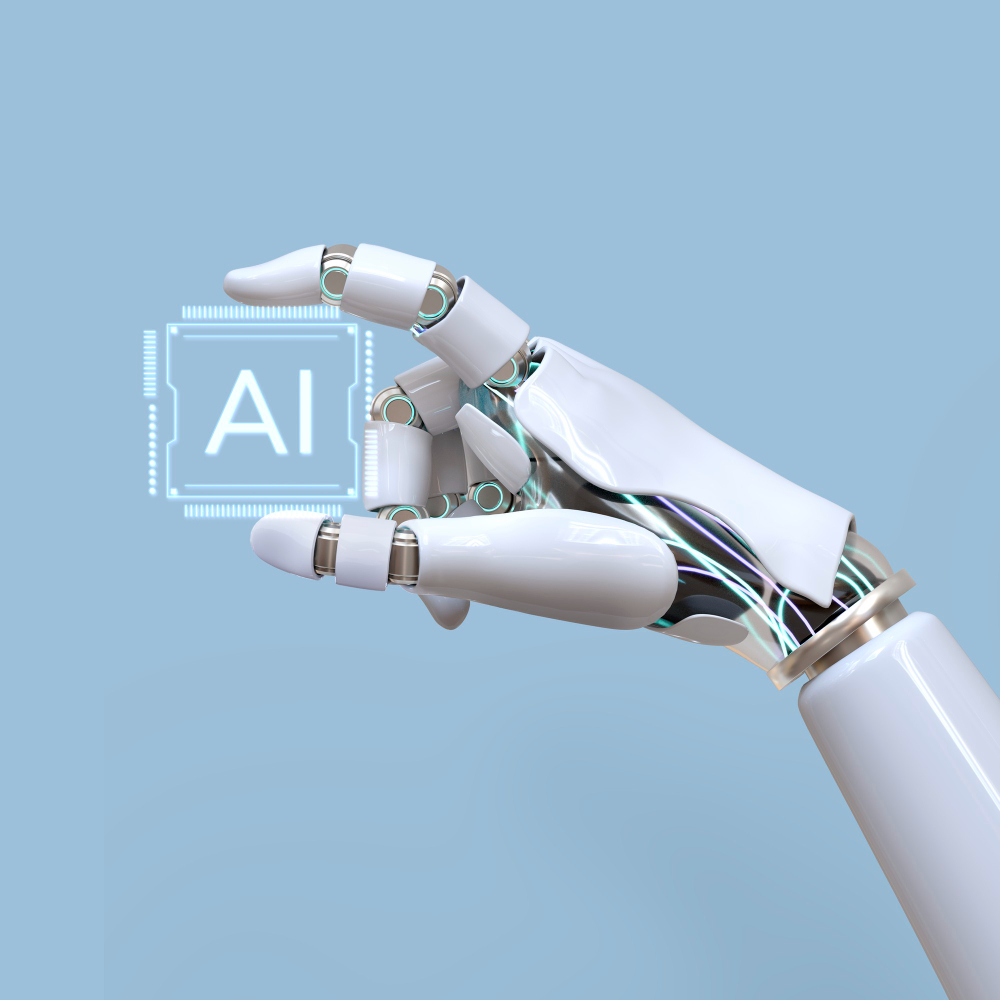Introduction:
The manufacturing sector has undergone a major transformation in recent decades thanks to the advancement of industrial robotics. Robots have become essential components in modern production lines—not just mechanical tools, but intelligent systems capable of performing tasks with high precision and efficiency. Their integration has improved product quality, increased productivity, and reduced both costs and human error.
1. What Are Industrial Robots?
An industrial robot is a programmable mechanical device designed to perform various tasks automatically. It is characterized by its ability to:
-
Repeat movements with precision
-
Operate in hazardous or demanding environments
-
Respond to changes through sensors and real-time data analysis
2. Key Applications of Robotics in Modern Manufacturing
1. Automated Welding
Robots are widely used for welding metal components, especially in automotive and aerospace industries, offering consistent quality and precision.
2. Assembly
Robots can assemble complex parts quickly and accurately, enhancing production efficiency and reducing manufacturing time.
3. Packaging and Palletizing
Robots handle product packaging, stacking, and palletizing with speed and continuity, streamlining the supply chain.
4. Inspection and Quality Control
With cameras and sensors, robots can detect minor defects invisible to the human eye, improving final product quality.
5. Painting and Coating
Robots provide accurate and uniform coating, while reducing workers' exposure to hazardous chemicals.
3. Benefits of Using Robots in Manufacturing
-
Increased efficiency and productivity: Continuous operation without fatigue
-
Enhanced workplace safety: Fewer risks for human workers
-
Reduced operational costs: Less waste and more precision
-
Improved product quality: Consistent, high-standard execution
-
Production flexibility: Easily reprogrammable for different products
4. Future Challenges
-
High initial investment costs
-
Need for skilled personnel in maintenance and programming
-
Integration with AI and big data analytics
Despite these challenges, the long-term benefits make robotics a strategic asset in modern industry.
Conclusion:
Robotics is now a cornerstone of the Fourth Industrial Revolution, playing an increasingly vital role in building smart factories that rely on efficiency, precision, and technology. Investing in industrial robotics is not a luxury—it’s a necessity to keep pace with progress and remain competitive in the global manufacturing landscape.

 English
English
 Arabic
Arabic

